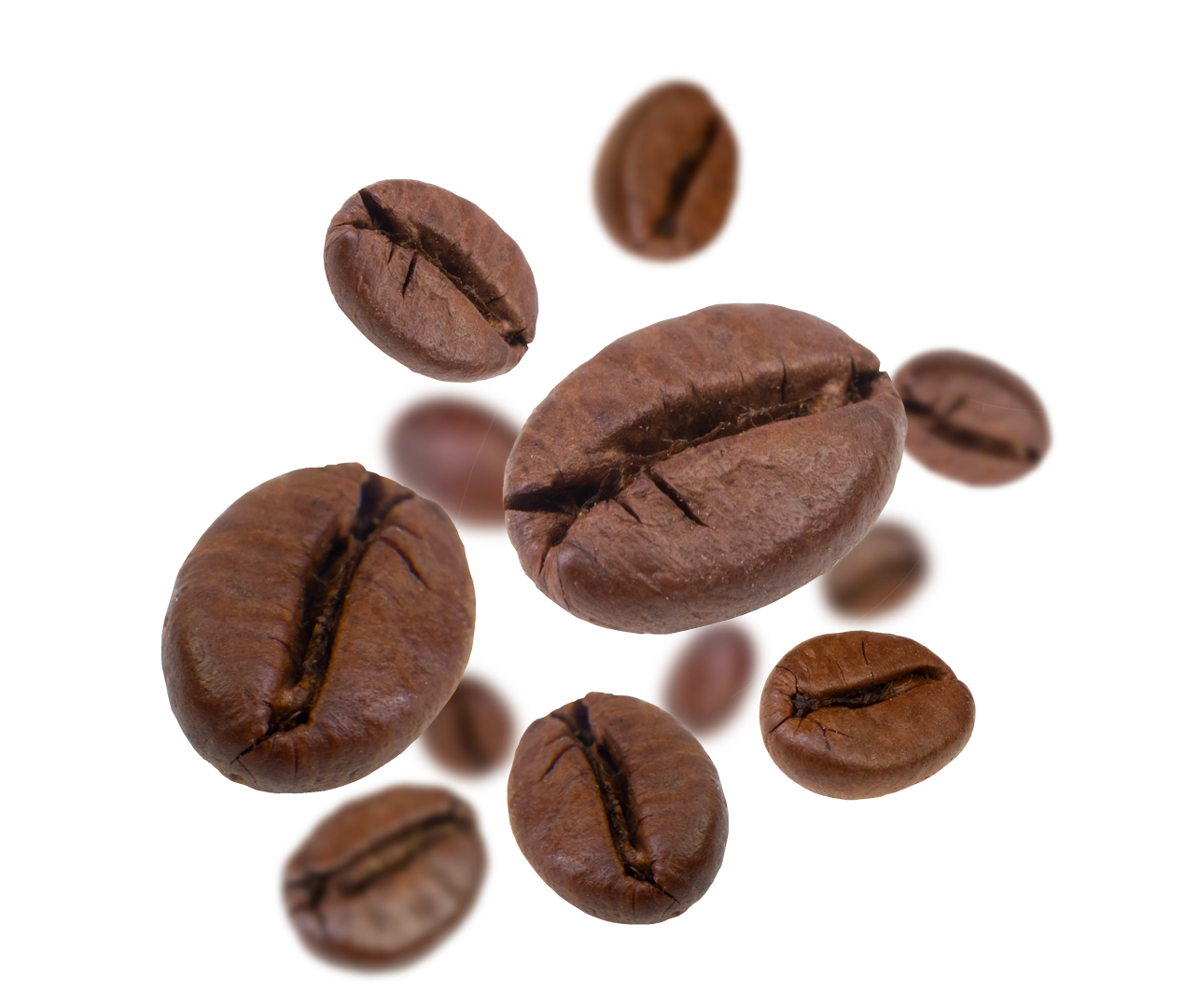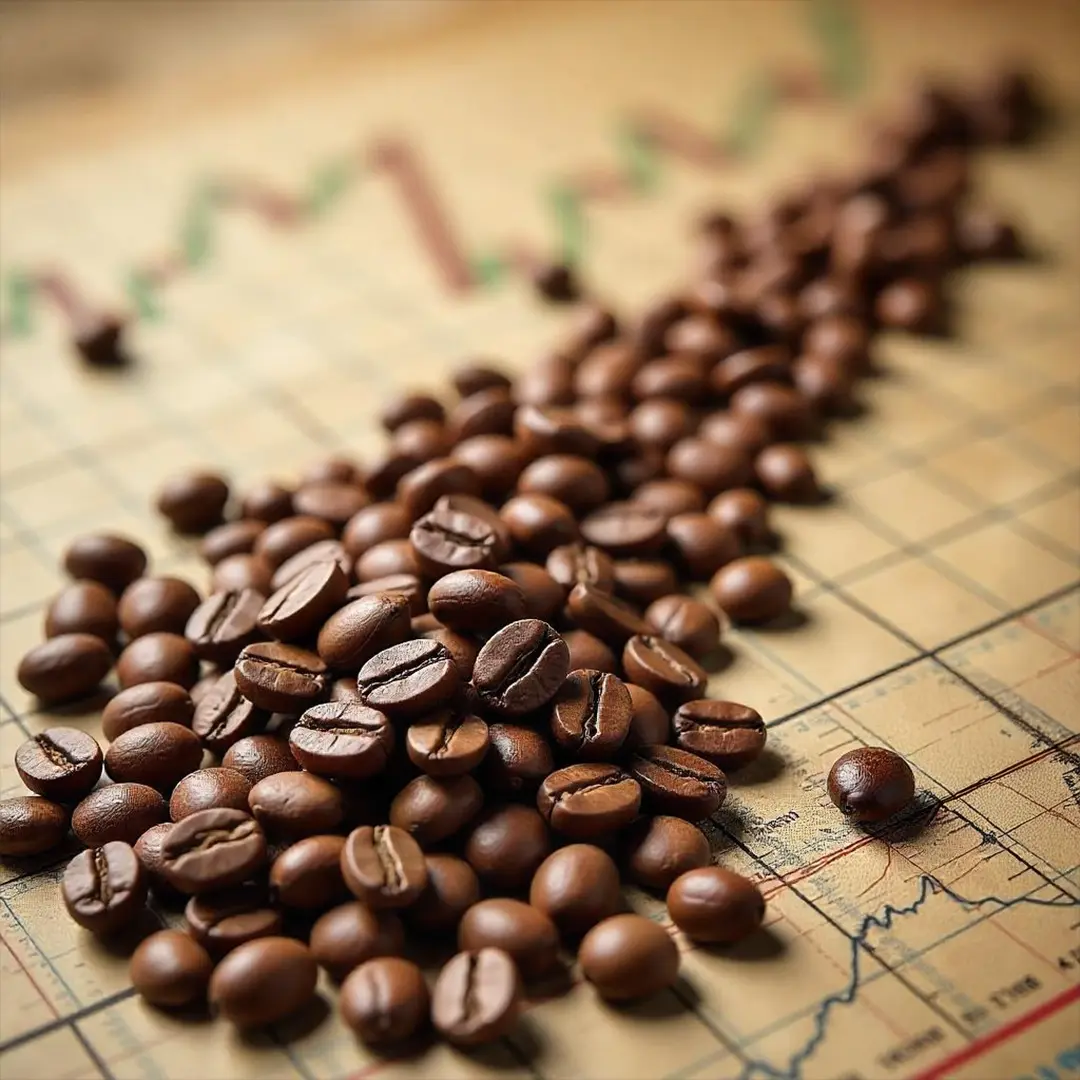![]() Disclaimer: CFDs are complex instruments and come with a high risk of losing money rapidly due to leverage. You should consider whether you understand how CFDs work and whether you can afford to take the high risk of losing your money.
Disclaimer: CFDs are complex instruments and come with a high risk of losing money rapidly due to leverage. You should consider whether you understand how CFDs work and whether you can afford to take the high risk of losing your money.
-
Getting Started
-
Platforms
-
Products
-
Learn
-
Analysis
-
Academy
-
Promotions
-
Trading
-
Getting Started
-
Platforms
-
Products
-
-
Education
-
Learn
-
Analysis
-
Academy
-
-
Promotions
-
Promotions
-
-
Company
US
Languages
-
简体中文
Simplified Chinese
-
한국어
Korean
-
Melayu
Maleyu
-
Việt
Vietnamese
-
ภาษาไทย
Thai
-
Indonesian
Indonesian
-
العربية
Arabic
-
日本語
Japanease
-
繁體中文
Traditional Chinese
-
Français
French
-
Español
Spanish
-
Português
Portuguese
-
Deutsch
German
-
فارسی
Persian
-
Italiano
Italian
-
Русский язык
Russian
-
Türkçe
Turkish
-
Polski
Polish
-
हिंदी
Hindi
Wake Up to Better Returns with Coffee Trading
Globally demanded, the black drink we all crave in the morning, can hold more than just a morning boost!

From Bean to Profit: Tap into Coffee’s Global Market
-
Coffee balances your mood and your investment strategy as it is a unique addition to your portfolio.
-
Coffee is increasing in demand as more people are adding this energy-boost to their morning routine.
Start brewing opportunities Now
Add Coffee to Your Portfolio


How to Start Coffee CFD Trading With STARTRADER
Your coffee trading journey with STARTRADER does not require any coffee to clear your mind.
-
Step 1- Start by studying the markets and understanding the seasonal trends affecting coffee prices.
-
Step 2- Set a carefully-planned trading strategy that ensures diversification.
-
Step 3- Open a demo account to practice.
-
Step 4- Open a live account and start trading.
Why Trade Coffee with STARTRADER?
A top-tier Trading App
Simple, secure, and easy to use, it provides seamless access to the market anytime, anywhere. With a customizable watchlist, you can effortlessly track all your investments and stay ahead, no matter where you are.
100-Millisecond Execution
In the trading world, fast execution can make all the difference. With our ultra-low latency infrastructure, your trades are executed in milliseconds to help you seize opportunities on the spot.
Ultra-tight Spreads
Enjoy some of the most competitive spreads, starting from 0.0 pips. Lower trading costs mean more potential gains.
24/6 Customized Support
Get guidance and information about your trading anytime you need it. We will support you with our extensive expertise and dedication.
High Leverage up to 1:1000
With flexible leverage up to 1:1000*, you can take larger positions with smaller capital, gaining greater market exposure across a wide range of agricultural CFD products. However, it's important to recognise that higher leverage also significantly increases the risk of potential losses. Traders should be fully aware of these risks, stay informed, and implement effective risk management strategies. *Leverage above 1:30 may not be available in certain regions due to regulatory restrictions.
Multiple Trading Accounts
From demo to standard and ECN accounts, you can choose the one that fits your trading style and level of experience. If you're new to trading, begin with a demo account, or opt for Standard and ECN accounts to access competitive spreads and leverage.
Frequently Asked Questions
-
1.
What is coffee commodity trading?
Trading coffee involves the buying and selling of this commodity as a tradable asset.
Coffee commodity CFD trading refers to trading on the price movements of coffee without owning the physical commodity. Through Contracts for Difference (CFDs), traders can enter into agreements to exchange the difference in the price of coffee from the time the contract is opened to when it is closed.
Since coffee is consumed widely across the globe, it holds significant economic value and can help diversify one’s portfolio.
The main countries that produce this tradable asset are Brazil, Vietnam, and Colombia. Together, they play a major role in global supply.
Coffee is one of the most traded commodities in the global markets. Every time you drink your cup of coffee, someone might be placing on order on it.
The main factors that influence the price of coffee are supply and demand, geographical events, and currency fluctuations.
The two main types of coffee are Arabica, known for its smooth flavor and traded on the Intercontinental Exchange (ICE), and Robusta, a stronger variety traded on the London International Financial Futures and Options Exchange (LIFFE).
Investors add coffee to their portfolio for the purpose of diversification, managing risks, and profiting from price changes.
After all, coffee really gives you more than a morning energy boost.
2.How can I trade coffee futures?
Coffee futures allow investors to speculate on the future price of coffee by buying and selling standardized contracts on commodity exchanges. While you are reading and drinking your coffee, you might be wondering how to start trading coffee futures. Here are the steps you can follow:
- Understand the Market: Knowledge is power. By studying the market, you develop a good understanding of the factors that can influence the price of coffee, including weather conditions, production levels and global demand. Having a clear idea about these factors helps you better assess the price movements and thus minimize risks involved in coffee trading.
- Choose a reliable broker: When setting out on your trading coffee futures journey, the first thing you need to do is to look for a reliable broker. By reliable, we mean a broker who is regulated, offers competitive trading conditions, excellent support, and several payment methods.
- Learn Contract Specifications: Arabica Futures (ICE: KC) – Traded in 37,500-pound contracts. Robusta Futures (LIFFE: RC) – Traded in 10-ton contracts. Contracts have expiration dates, so understanding rollover strategies is crucial.
- Open a Trading Account: Now that you have got a clear idea about coffee futures trading, you open your account.
- Before you start trading with your own money with a live account, open a demo account to practice with virtual money and enhance your strategy.
- Monitor and Manage Risks: Risks are an inescapable part of trading. However, they can be managed by setting stop loss orders and monitoring your trades.
-
3.
What are the trading hours for coffee futures?
As it has been mentioned previously, there are two main types of tradable coffee: Arabica and Robusta. Each one is traded on a different exchange. - - Arabic futures is traded on an intercontinental exchange in New York.
While Robusta is traded on London International Financial Futures and Options Exchange
Each exchange has different hours for coffee trading. Here is a summary of coffee futures trading hours.
Arabica Coffee Futures (ICE: KC)
Exchange: Intercontinental Exchange (ICE) – New York
Trading Hours (UTC/GMT -5, New York Time):
Electronic Trading (ICE Futures U.S.):- Sunday to Friday: 3:30 AM – 2:00 PM (New York Time)
- Trading pauses from 2:00 PM – 3:30 AM (next session start)
Robusta Coffee Futures (LIFFE: RC)
Exchange: London International Financial Futures and Options Exchange (LIFFE, part of ICE Europe)
Trading Hours (UTC/GMT):
Electronic Trading:- Monday to Friday: 8:00 AM – 4:30 PM (London Time)**
Note that time zones can affect trading hours, so you need to pay attention to that.
4.What factors influence coffee prices?
There are several factors that can lead to fluctuations of coffee prices.
- Weather
Coffee is an agricultural commodity, and just like any other agricultural commodity, weather plays a major role in setting its prices. Extreme weather conditions such as excessive rain or drought can affect coffee supply and push the prices higher. - Crop diseases and pests
This is another factor that influences the prices of agricultural products. Coffee Leaf Rust is a fungus that can destroy crops, and Arabica coffee beans are especially prone to it. If hit by this fungus or any other, coffee supply can be less, and thus the prices go higher. - Transportation and shipping
Fuel is used when shipping coffee from one place to another. If the price of fuel is higher, it can lead to higher coffee prices. - Geopolitics & Social Instability
Production disruptions in developing countries due to social unrest and political instability can affect the prices of coffee. - US dollar
Coffee is bought and sold in the US dollar. If the US dollar is going stronger, the prices of coffee can be higher for people buying it in different currencies. - Market Speculation & High-Frequency Trading
Hedge funds, algorithmic trading, and speculation drive price volatility. Futures prices often reflect predicted supply and demand rather than actual market conditions, with technical trading sometimes influencing prices more than real supply. - Consumer Demand Growth
The set expectation for coffee global consumption growth is 1 to 2% per year. The supply comes mainly from the producing countries: Brazil, Vietnam, Colombia. However, those producing countries are consuming more coffee and thus tightening the supply available for the global audience.
-
5.
What are the benefits and risks of trading coffee futures?
The Benefits of Trading Coffee Futures or CFDs:
- Liquidity: Because coffee is traded largely, it is highly liquid, meaning that the orders are smoothly executed.
- Leverage: CFD Coffee brokers offer the investors the option to trade with leverage. With leverage, traders can control larger positions with a small capital. However, leverage also increases the risks of losses, which can exceed the initial investment.
- Diversification: Coffee futures or CFDs can be used to diversify a portfolio beyond stocks and bonds.
The Risks of Trading Coffee Futures or CFDs:
- Volatility: As coffee prices are influenced by a variety of factors, including weather conditions, supply and demand dynamics, they can go highly volatile.
- Leverage: Leverage allows investors to control larger positions with a smaller capital, thus amplifying both the potential gains and potential losses.
- Storage & Delivery Requirements: For physical futures contracts, traders must close positions before expiration to avoid taking delivery. In contrast, with futures CFDs or CFDs, traders do not take physical delivery of the asset. Instead, they trade based on the price difference between when the contract is opened and closed. However, like physical futures contracts, CFDs carry risks, particularly when leverage is used.
Start trading with A globally leading broker
Want to start trading?

We use cookies to understand how you use our website and to give you the best possible experience. You can find out more by viewing our Cookie Policy.











